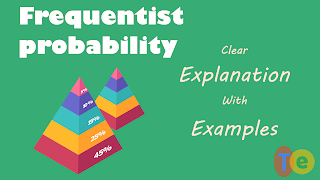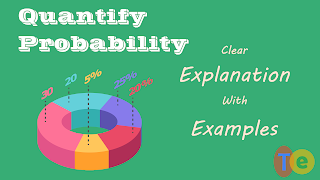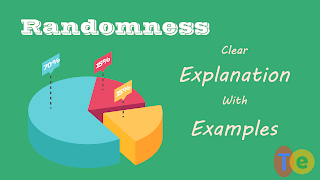Law of large numbers

Frequentist makes it possible to forecast the probability of a future event based on the current frequency. Frequentist works because of the law of large numbers. There are two different versions of the law of large numbers: the weak law of large numbers and the strong law of large numbers. In 1713, Swiss mathematician Jakob Bernoulli after 20 years of hard work proved that (if you have a sample of independent and identically distributed random variables, as the sample size grows larger, the sample mean will tend toward the population mean.) the sample average converges in probability towards the expected value This known as the Weak Law of Large Numbers or Bernoulli's theorem. It tells us as more trails performed the frequency will more likely to become closer to the true probability. Be aware that it is only more likely not a 100% guarantee. Bernoulli’s theorem gives us confidence that a random event has a great chance to have a certain probability. In 1930 Andrey Kolmogorov pro...




